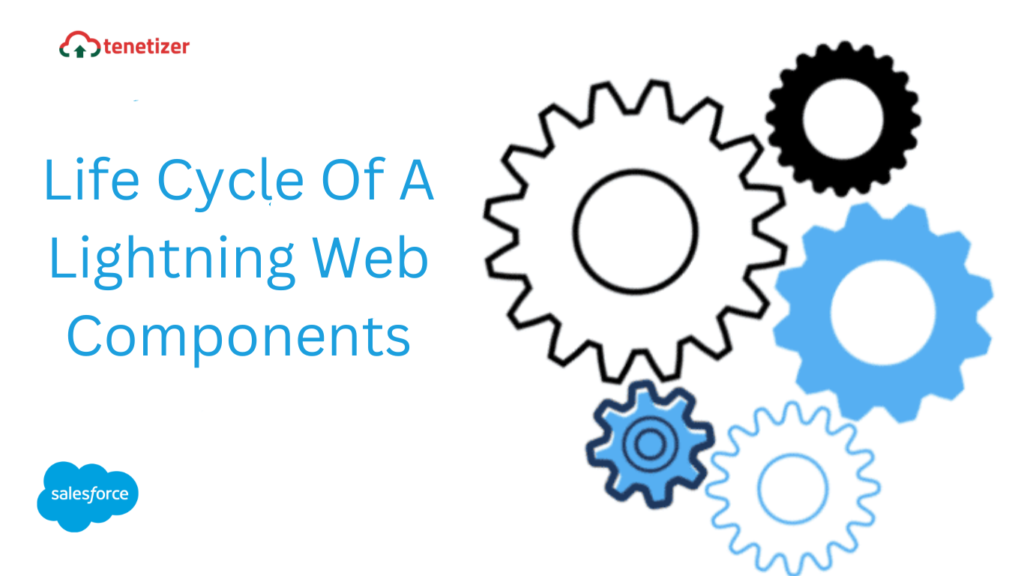Since the Lightning Web Component is constructed on a component-based framework, it is crucial for us to comprehend the life cycle events of a component to enhance the development of superior components.
The Lightning Web Component is constructed upon a component-based framework, underscoring the importance of comprehending the life cycle events of a component to facilitate the development of superior components.
Let’s delve into a couple of components and systematically understand the unfolding of events. Presented below is the template file.
//storeFront.html <template> <c-cake><c-cake> </template>
And here is the corresponding controller file, storeFront.js.
import { LightningElement, api } from 'lwc'
export default class StoreFront extends LightningElement{
@api
recordId;
constructor() {
super();
console.log("Am IN StoreFront CONSTRUCTOR!!!");
}
connectedCallback() {
console.log("Am IN StoreFront CONNECTED CALLBACK !!!");
}
renderedCallback() {
console.log("Am IN StoreFront RENDERED CALLBACK !!!");
}
disconnectedCallback() {
console.log("Am IN StoreFront DISCONNECTED CALLBACK !!!");
}
errorCallback() {
console.log("Am IN StoreFront ERROR CALLBACK !!!");
}
}
Regarding the child component here it is.
<template> <p>This is CAKE COMPONENT!!!</p> </template>
Last, here is the controller.js file
import { LightningElement, api } from 'lwc'
export default class Cake extends LightningElement{
@api
recordId
constructor() {
super();
console.log("Am IN Cake CONSTRUCTOR!!!");
}
connectedCallback() {
console.log("Am IN Cake CONNECTED CALLBACK !!!");
}
renderedCallback() {
console.log("Am IN Cake RENDERED CALLBACK !!!");
}
disconnectedCallback() {
console.log("Am IN Cake DISCONNECTED CALLBACK !!!");
}
errorCallback() {
console.log("Am IN Cake ERROR CALLBACK !!!");
}
}
Now, let’s outline the sequential occurrences when a page is loaded, specifically a record page embedding <c-store-front></c-store-front>.
- An instance of the StoreFront component is created, triggering the invocation of its constructor (ensure not to overlook the super() call in the constructor).
- If the component possesses any @api enabled properties, they are assigned data.
- The StoreFront component establishes a connection with the main DOM.
- The connectedCallback() in the StoreFront component is triggered.
- The StoreFront component is rendered (note that the renderedCallback() is not invoked at this stage).
- A check is conducted to determine if there are any child components; if present, the constructor of that component will be invoked – in this case, it’s the Cake component.
- If the Cake component has any @api enabled properties, they are assigned data.
- The Cake component establishes a connection with the DOM.
- The connectedCallback() in the Cake component is invoked.
- The Cake component is completely rendered.
- The Cake component’s rendering invokes the associated renderedCallback() life cycle hook.
- Upon completion, it retraces the same route taken to arrive here, triggering the renderedCallback() of the StoreFront component.
- The Chrome browser console logs provide a visual confirmation of these actions.
